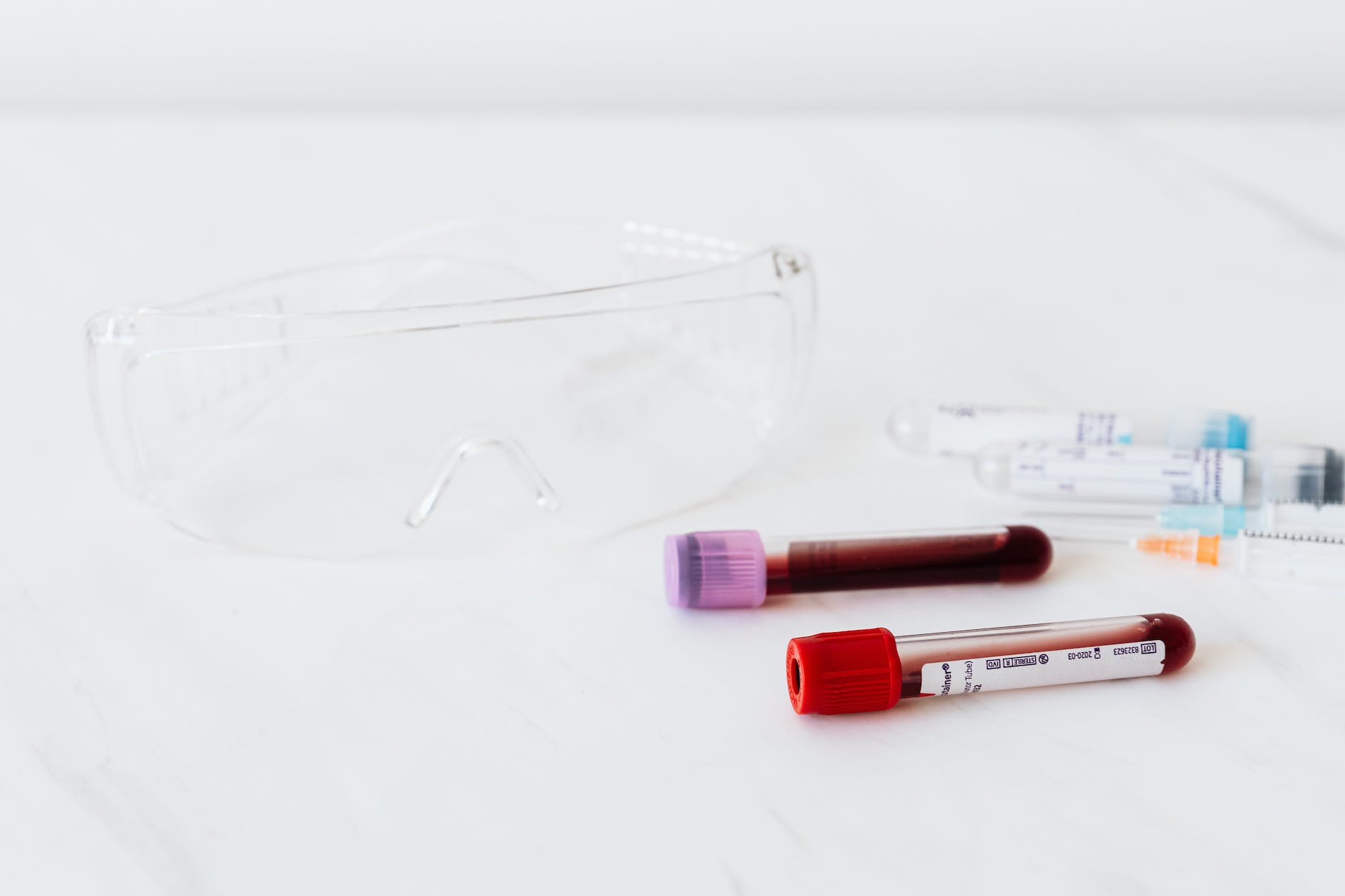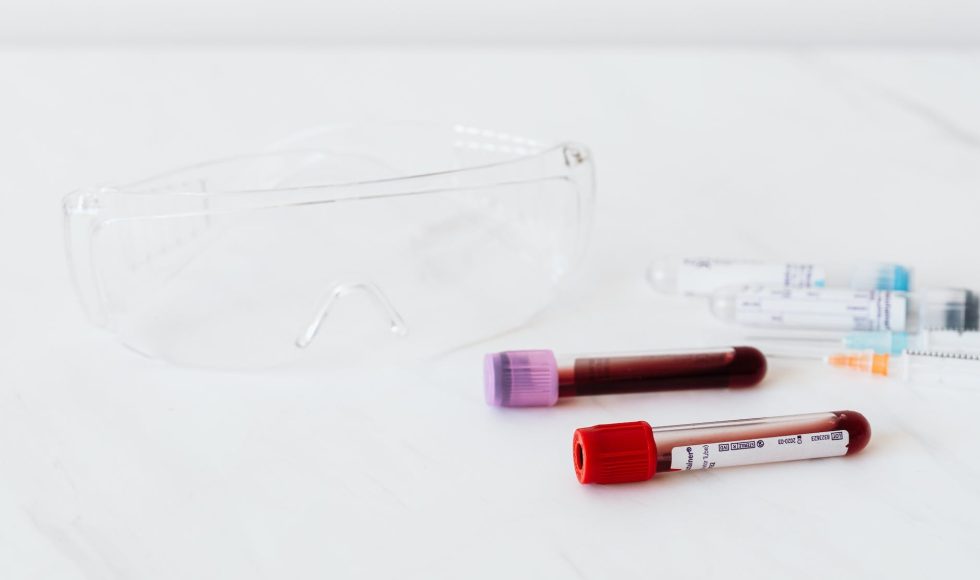The Nanopore Learning course on Human Genome Sequencing and Analysis has a video on Library preparation: Extraction methods and sample handling. Hazel Johnson from the Technical Services Team at Oxford Nanopore Technologies (ONT) spoke about sample extraction methods and considerations. They noted that to go from raw sample to answer, the workflow is not a one-way workflow. Sample types will influence extraction methods used. The extracted DNA/RNA will dictate the library prep used. The prepared library will influence sequencing methods and consequently bioinformatics tools. Using commercially available rabbit blood, Johnson and team compared extraction kits from Circulomics, QIAamp DNA Blood Midi, QIAGEN Genomic tip, and QIAGEN Gentra Puregene. Circulomics kits were medium to advanced in difficulty, taking three hours and producing 2/3 star throughput with 0.2 ml whole blood. The yield was 3-8 ug and read N50 lengths with the LSK workflow were 35-50 kb. The QIAamp DNA Blood Midi kit was classified easy/medium in difficulty, taking only 1.5 hours. The throughput was 3/3 stars and the input was 1 ml whole blood resulting in 12 ug yield. The N50 with the Ligation Sequencing Kit (LSK) was 10-15 kb. The QIAGEN Genomic-tip was classified as easy/medium in difficulty and took 4-6 hours with 3/3 stars for throughput. The input was 10 ml whole blood producing ~100 ug of yield with N50 with LSK between 20-30 kb. The QIAGEN Gentra Puregene kit was classified easy/medium in difficulty taking ~3 hours and producing throughput 3/3 stars. The yield was 20-40 ug with read N50 with the LSK between 30-40 kb. RNA kits were tested with commercially available kits. They tested TRIzol and RNAqueous. The sample they tested was commercially available yeast. The TRIzol was classified as medium in difficulty taking 2-3 hours and resulting in 3/3 stars for throughput. The input was ~1.5×108 cells producing 200-300 ug RNA with RIN 9.7. The RNAqueous kit was classified as easy/medium in difficulty and took 1-2 hours. The throughput was 3/3 stars and the input 2-3×107 cells. The yield was 20-50 ug of RNA with RIN 8.0. They found the commercially available kit comparable to the TRIzol kit. Johnson recommended using RNase digestion to remove contaminating RNA but not too much, as preparations may have DNAse activity at low levels. RNA sequencing kits require polyA RNA. They suggested considering poly(A) enrichment and keeping in mind that it may lead to bias in observed poly(A) tail length. ONT tested RiboMinus and DYNAL beads and NucleoTrap to enrich for poly(A). While results were similar, there was some poly(A) tail length bias. Johnson warned that globin transcripts, for example, are abundant in blood RNA samples. Johnson also recommended visiting the ONT portal to learn about library prep kits and protocols. I didn’t know about several of these kits and now have information that may help with future kit selection decisions. Also, poly(A) enrichment will be useful as we begin transcriptomics studies with different organisms.



